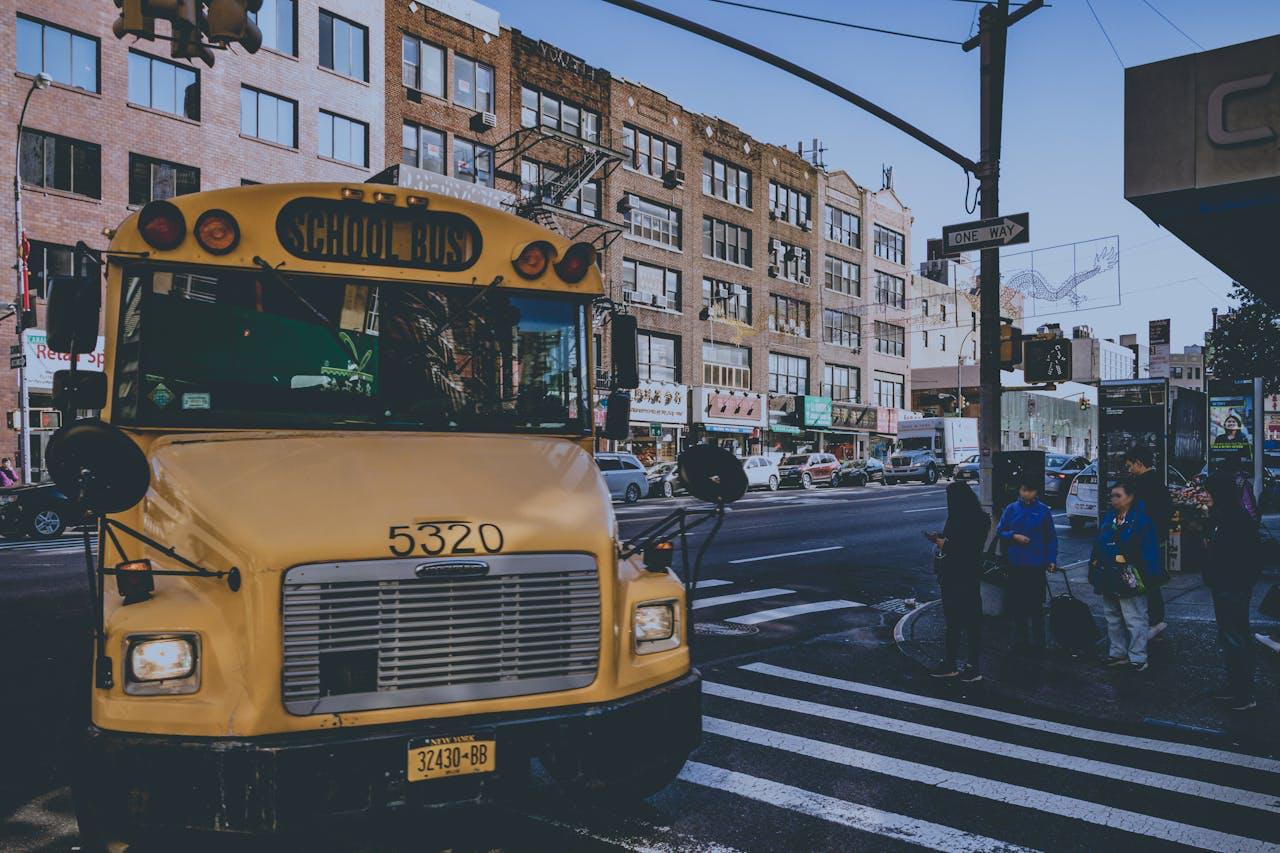

Public school transport is very important. It is needed to get students safely to school every day and impacts how they learn. However, many schools struggle with their current transportation plans. They may find it hard to run them well. The goal of this article is to look at ways schools can make their transport plans better. The article also focuses on how schools can make sure student transportation is as safe as possible.
Assessing your current transport system is the first step towards improving student transport. Examine current offerings to pinpoint areas that require improvement and inefficiency. Get input from staff, parents, and students to learn about their problems and experiences. To gather comprehensive data regarding safety, route efficiency, and punctuality, conduct surveys and meetings. You can identify specific difficulties, such as late buses, lengthy routes, or safety concerns, by analyzing data on these areas. This complete examination helps you identify the strengths and shortcomings of your present system. You can develop a detailed improvement plan that directly addresses the needs and concerns of your school community by carefully examining your transport services.
Increasing the number of buses ensures that every student has a comfortable and safe ride by reducing overcrowding. You may design more effective routes with more buses, cutting down on travel time and guaranteeing on-time arrivals. This expansion also makes it possible to allocate resources more effectively, such as allocating buses to particular areas or schools in order to accommodate fluctuating demand. For this purpose, finding a school bus for sale or multiple buses for sale can be a strategic move to expand your fleet. A larger fleet also offers the flexibility to accommodate unforeseen repairs or maintenance schedules without compromising service. Purchasing additional buses improves the general effectiveness, dependability, and security of your school’s transportation network, which directly helps the students and community.
Student transit can be considerably improved by putting technological ideas into practice. Make sure parents and guardians are aware of the bus’s arrival time by using GPS monitoring devices to deliver real-time updates on the bus’s whereabouts. Include scheduling and communication tools so that parents can be informed of any delays or modifications. These tools can also aid in route planning by analyzing traffic trends and optimizing bus routes. Technology-based solutions make transport services more efficient overall and less unreliable. You can improve communication, guarantee on-time arrivals, and give students and their families a more dependable, safer transportation experience by utilizing contemporary technologies.
Improving safety protocols is essential to improving student transportation. Educate bus drivers on safe driving practices and efficient ways to handle students. Make sure they understand how to manage crises and keep the bus safe. Install surveillance and security cameras to keep an eye out for misbehavior and to keep a record of events. To get drivers and students ready for any situation, create thorough emergency action plans and practice frequently. All parties concerned benefit from a safer environment thanks to these actions. You may provide parents peace of mind by guaranteeing that their children are traveling in a safe and secure setting by placing a high priority on safety through training, technology, and preparedness.
Encouraging environmentally sustainable student travel benefits the world as well as the neighborhood. Make the switch to eco-friendly buses for your fleet, including electric or hybrid vehicles, to cut fuel expenses and emissions. Establish safe pathways and initiate programs that encourage students to walk or bike to school. Put carpooling programs into action to lessen traffic jams and your carbon footprint. In addition to benefiting the environment, these sustainable activities encourage students to lead healthy lifestyles. You can set a good example for students and the community by incorporating environmentally friendly solutions into your mobility system and demonstrating your dedication to sustainability.
Improving student travel requires more financing and resources. Encourage the state and municipal governments to provide greater financing for transportation-related projects. Look into joint ventures with commercial businesses for grants and sponsorships that can offer extra funding. Use resources that are already available as effectively as possible to enhance transport services. This could entail increasing safety precautions, purchasing new buses, or modernizing technology. You can put the required adjustments into place to make the student transportation system more effective, safe, and dependable by obtaining sufficient financing. You can ensure that your transport services successfully serve the school community’s needs if you have access to the appropriate resources.
Conclusion
Enhancing student transit in public schools necessitates a thorough strategy that tackles present inefficiencies and prioritizes sustainability, safety, and sufficient finance. Schools may provide a more dependable and secure environment for kids by carefully evaluating the current transportation systems, using technology, and bolstering safety precautions. These upgrades have wide-ranging advantages that will have a favorable effect on kids, families, and the community at large.
If you’re an international student, you might want your degree to provide you with stability…
Discover practical tips to elevate your summer barbecues with great food, fun games, and a…
Discover legit methods for how to make money playing video games. Explore esports, streaming, content…
Confused about how many steps daily are needed for good health? Forget the 10,000 myth…
Discover legitimate highest paying online surveys and learn strategies to actually earn worthwhile rewards for…
When it comes to keeping your home comfortable while minimizing energy costs, the roofing material…